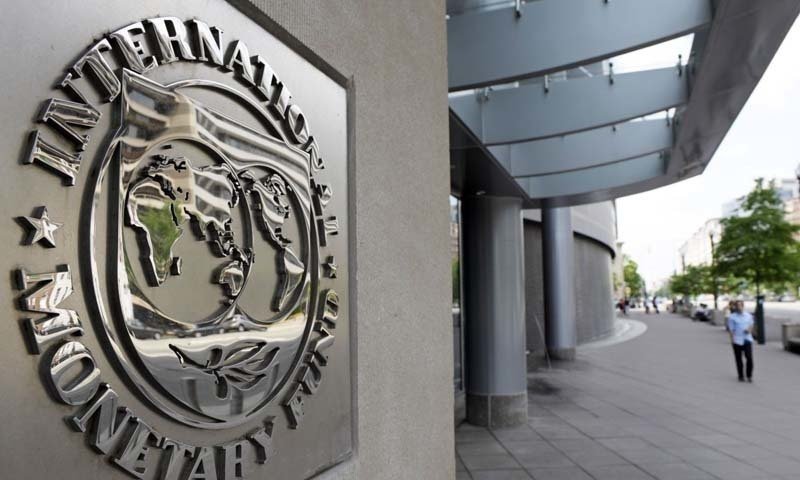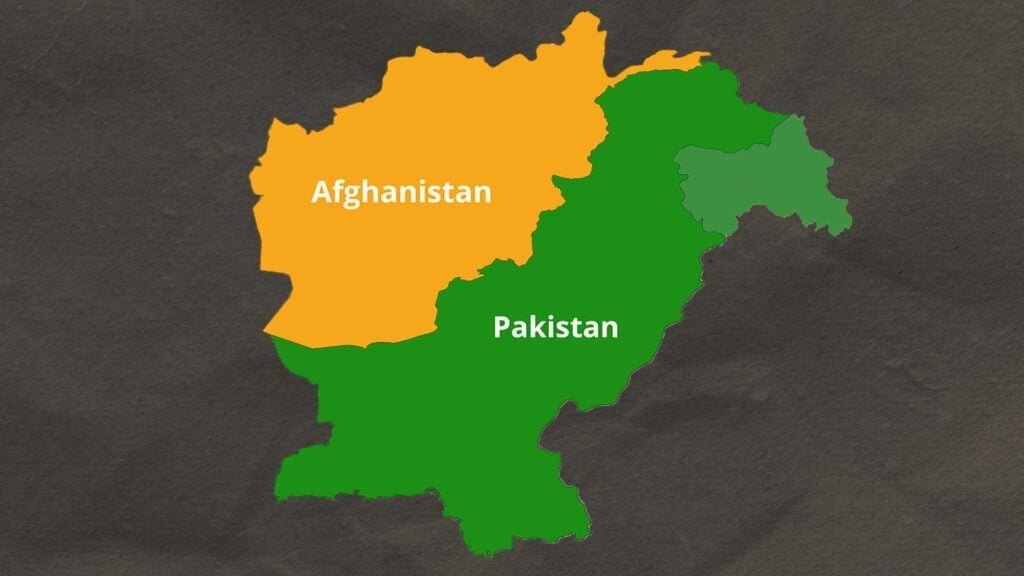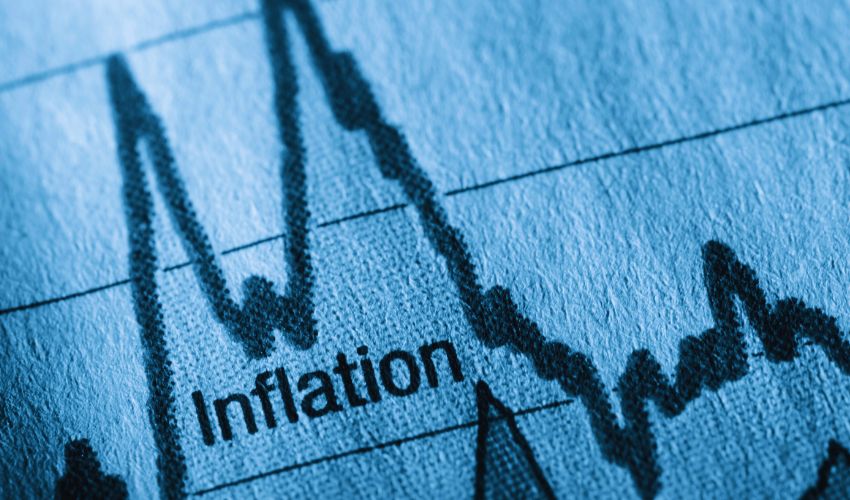In a surprising reversal, U.S. President Donald Trump announced a 90-day pause on most tariffs, including those on Pakistan, amidst a growing global trade conflict. This decision comes after global market volatility, as countries including more than 75 allies of the U.S. reached out to negotiate terms without retaliating. Despite this pause, Trump increased tariffs on China, adding fuel to the ongoing tension between the world’s two largest economies.
Trump made the announcement via his Truth Social platform, explaining that the decision to pause tariffs was made after negotiations were initiated with countries seeking to reduce tariffs. However, a 10% blanket tariff on nearly all U.S. imports will remain in effect. This pause does not affect existing tariffs on autos, steel, or aluminum, which continue to be imposed.
In an escalating trade dispute with China, Trump accused the country of continuing to exploit the U.S. by increasing its tariffs to 125%, marking a significant shift from previous tariff rates. Earlier in the day, Trump had already raised duties on Chinese goods to an enormous 104%. In response, China retaliated with a substantial increase, raising tariffs on U.S. imports to 84% from a previous 34%.
Meanwhile, the European Union also launched its countermeasures against U.S. trade policies, announcing tariffs on over $21 billion worth of U.S. products, including soybeans and motorcycles. These tariffs were introduced in response to U.S. duties on global steel and aluminum exports. Canada, a close U.S. ally, also implemented countermeasures as part of the ongoing trade disputes.
While Trump’s move may have offered temporary relief to global markets, with Wall Street stocks seeing a significant surge, questions remain about the sustainability of these policies. The S&P 500 jumped by 6%, recovering some of the losses from previous days, as investors responded positively to the news of the tariff suspension. However, analysts caution that the unpredictability of Trump’s tariff policies makes it difficult to plan for the future. With new policies seemingly changing on a daily basis, business leaders and investors are struggling to navigate the uncertainty.
The decision to suspend the tariffs was also a result of behind-the-scenes negotiations with countries like Japan, South Korea, and Vietnam, who have been engaged in talks with U.S. officials. Some experts view this as a strategic move by Trump to maximize his negotiating leverage, particularly with China. However, the unpredictability of the approach has sparked concerns about the long-term economic impact.
This latest tariff flip-flop raises concerns among global leaders and business executives about the U.S.’s inconsistent economic policy. With many stakeholders unsure of the direction the trade conflict will take, Trump’s recent actions have left the world on edge, as the global economy braces for further trade turbulence. The potential for more tariffs or their suspension in the future remains uncertain, and businesses continue to monitor the situation closely, hoping for clarity.
The international community, including the U.S. Treasury Department, has pointed out that the next steps will involve ongoing negotiations with countries that have reached out to discuss trade terms. U.S. Treasury Secretary Scott Bessent suggested that Trump’s use of tariffs may have been a strategic move to create leverage in broader discussions, which may involve not only economic matters but also foreign aid and military cooperation.
As the U.S. continues to navigate this complex and unpredictable trade war, it remains to be seen whether the tariff pause will result in lasting changes to global trade relations or if it is merely a temporary tactical move in an ongoing economic standoff.















